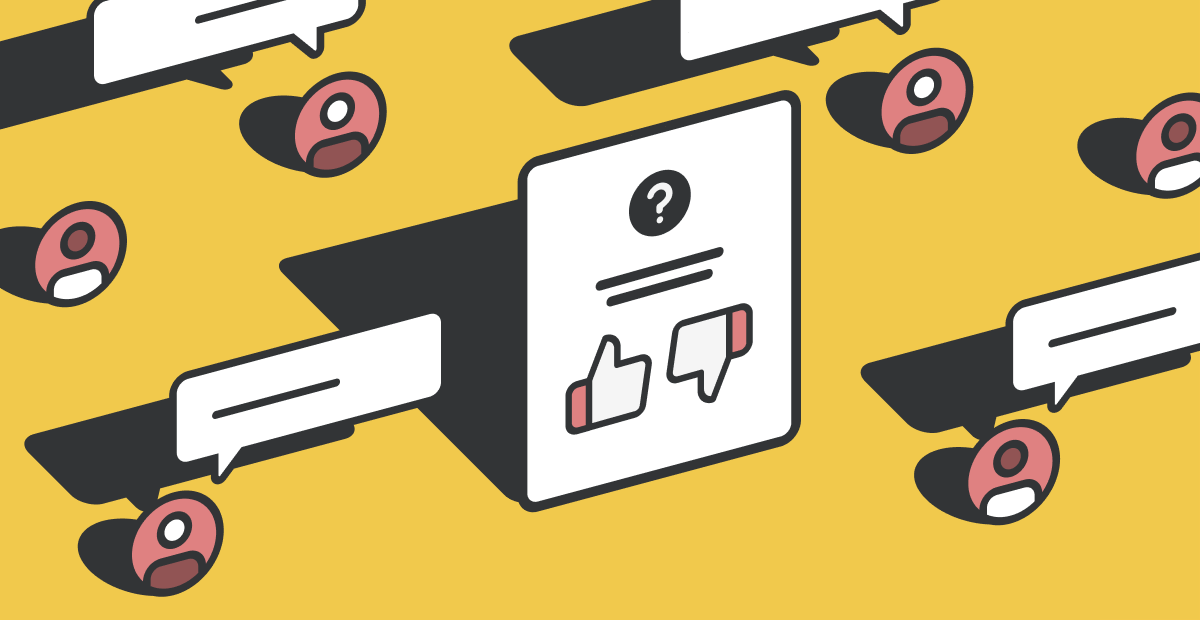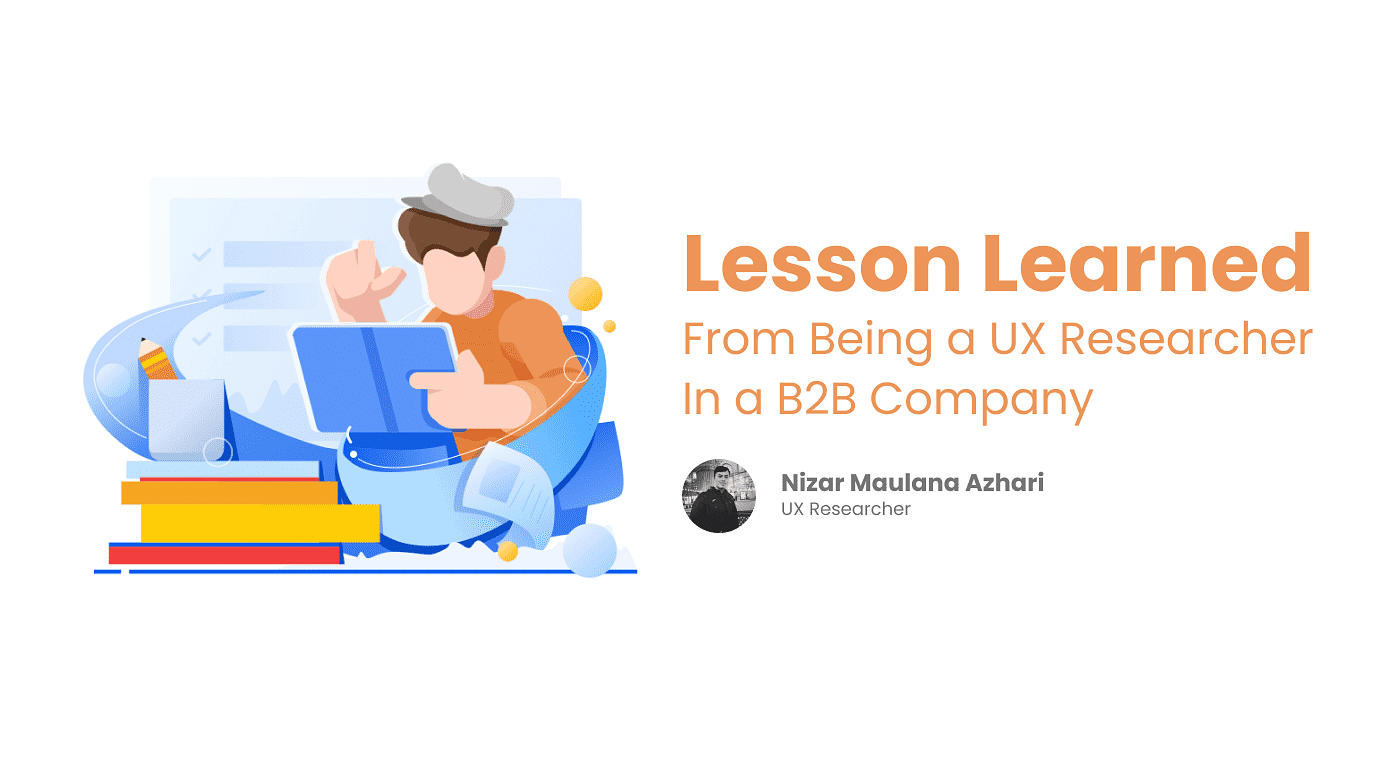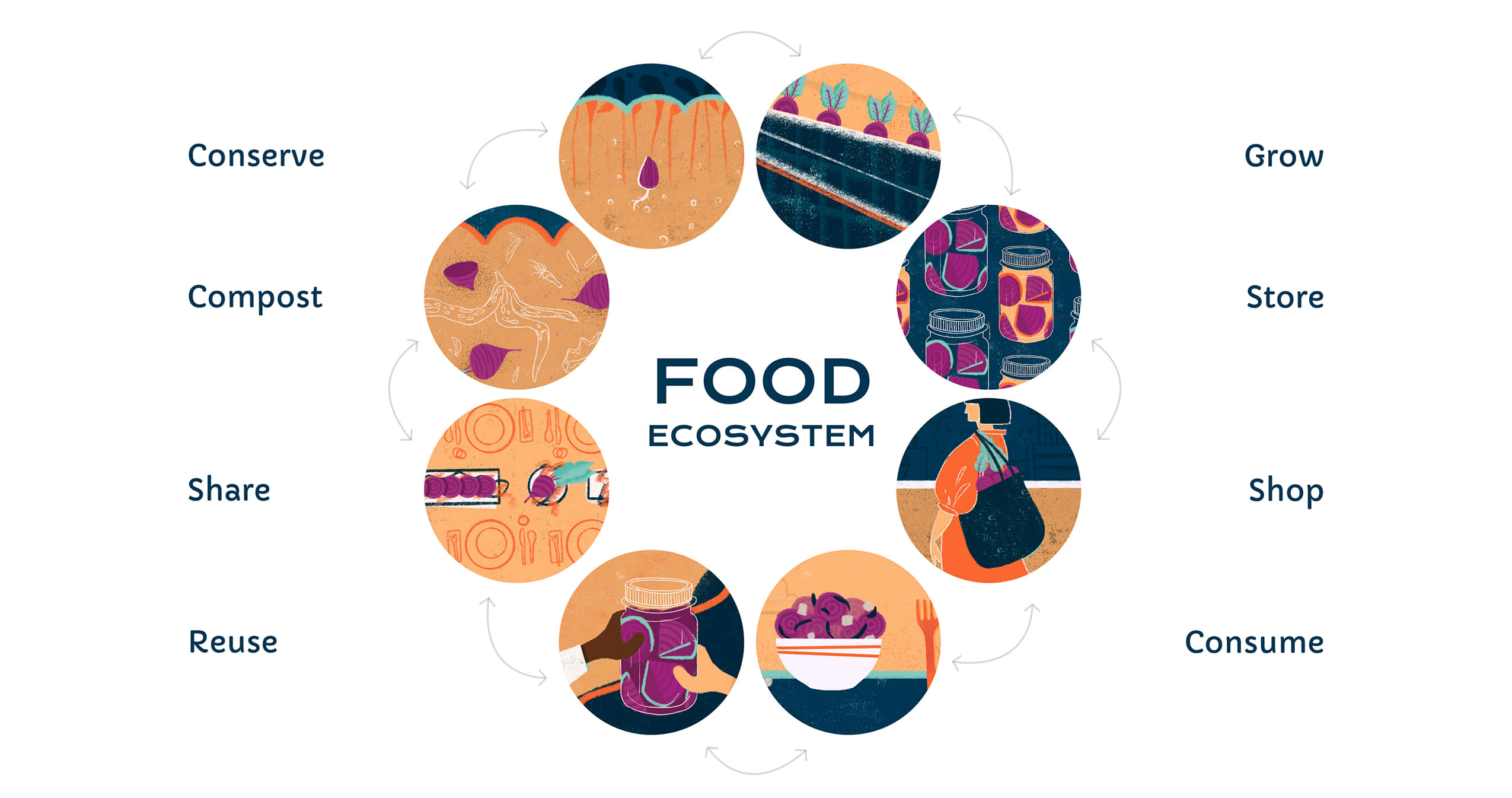During this challenging time we are facing together as a global community, there are many companies that have unfortunately let go of parts of their workforce. At the same time, there are still companies that are hiring. If you are thinking about interviewing now or some time in the future, let my experience give you some insight into the product design interview process and hopefully you’ll pick up some good tips to help you land that awesome job.
I had an interesting experience of interviewing product designer candidates for my current company around the same time I was interviewing for a product designer role at different companies. I’ve also now had experience interviewing candidates at a small and large company. While I was interviewing candidates, I started to observe them and notice how they present themselves and their work during the interview process. I ended up taking notes on the good and bad and applied them to my own interviews as a candidate.
Let my experience give you some insight into the product design interview process and hopefully you’ll pick up some good tips to help you land that awesome job.
Every company’s product designer interview process differs in some way. Larger companies may have strict interviewing questions and measurements while smaller companies may leave it up to each individual to come up with their own questions. Some companies have each interviewer focus on a particular area while other companies have interviewers who focus on the holistic view of a candidate.
These are 5 common parts in the product design interview process that I have identified. A company may have you go through all of these parts or just pick and choose a few. I’ve personally had some experience with each of these phases.

1. Phone interviews
- What is this? A phone interview is usually the first part of the interview process. They can range from something really brief like 15 minutes to an hour long discussion. The length will depend on who you’re speaking with. A recruiter is more likely just trying to gauge basic communication skills, while your potential manager will go much deeper into your qualifications and experience.
- My interviewer experience: During a phone interview, you and your interviewer cannot see each other. This can be a disadvantage to candidates who rely on their hand gestures and facial expressions to connect with interviewers and help explain their thoughts. While I was interviewing candidates, I found people who were able to express their ideas succinctly held my attention for longer. At times I was also able to hear the excitement and enthusiasm in a candidate’s voice. This made me more excited to speak with them. Phone interviews are about both what you say and how you say it.
Phone interviews are about both what you say and how you say it.
- Interviewee takeaways: The hardest part for me was to clearly answer questions that can have long-winded answers like “How did you get into design?” or “Talk about a project that you’re currently working on.” I started preparing for phone interviews by practicing succinct answers to these commonly asked questions. I’m not saying you should memorize your answers but it’s helpful to have some idea of how you would answer a question before you’re asked it. As someone who has an animated face and likes using hand gestures while I talk, I also had to remember to sound more energetic on the phone to compensate for the lack of face time.


Letter
2. Portfolio presentations
- What is this? Some form of a portfolio presentation is usually expected. This can be a formalized presentation to all of your interviewers, something I’ve experienced at larger companies. It could also be something as informal as walking an interviewer through parts of a project. In a presentation with a larger audience, there can be a lot more questions interrupting you as you present. In a one-on-one interview, you will more likely to have time to go in-depth into a decision. Through the portfolio presentation, an interviewer can gauge not only a candidate’s full design process, but also their presentation skills. As a product designer, it’s very important to be an effective communicator. You’ll usually be working cross-functionally between different types of people and maybe even multiple teams depending on the project. You have to be able to talk through your design decisions and back them up.
You have to be able to talk through your design decisions and back them up.
- My interviewer experience: The biggest thing I’ve noticed is how difficult it can be for candidates to cull their projects into a succinct set to talk about. Some candidates have a strong desire to showcase how complex and tough their project was, but get trapped by that complexity. It can be difficult to clearly break down the complicated parts of a project that you’re intimately involved in, but one the audience has no historical context about. When a candidate was able to explain the project and intersperse that with their process, I was able to better understand how they arrived at their design decisions.
- Interviewee takeaways: When I was preparing my portfolio, I did several rounds of usability testing with other product designers and managers. I wanted to get my portfolio to a point where it was both impressive but still easily understandable. It was important for me to showcase the complex problems I solved, but to do so in a way that didn’t alienate people who were not living and breathing those problems on a daily basis. I suggest a lot of practice to get really comfortable with explaining the projects you’ve chosen to showcase. This will also help reduce the anxiety and nervousness you might be feeling about the presentation.

3. Whiteboard challenges
- What is this? A whiteboard challenge is a time-boxed exercise where the candidate is presented with a problem they are tasked to provide a solution for. This is supposed to simulate whiteboarding a problem in a real setting. Sometimes the interviewer may jump in to help brainstorm ideas and further evaluate if the candidate works well with another person.
- My interviewer experience: I’ve seen candidates jump too quickly into creating solutions. I know you probably have so many ideas racing through your mind the second the interviewer finishes reading the prompt, but you need a take a step back. Usually the prompts are pretty vague and there could be constraints that you don’t think about. On the flip side, some candidates are so structured that you can immediately tell they read a Medium article about whiteboard challenges and memorized every single step. It’s great to be prepared but don’t just regurgitate information you read online.
- Interviewee takeaways: Interviews are usually pretty stressful already, but combine that with a time-boxed challenge and your stress levels will be through the roof. First step is to breathe and take a minute to absorb all the information that was just given to you. I noted that I should keep an informal scratch list of thoughts that I want to get out of my head and not distract me. After taking that moment to truly understand the prompt, I ask a ton of questions to really dig deeper into the constraints, users, problems, and more. Memorizing a general process for how you approach a whiteboard challenge is great and I would recommend it, but definitely tailor it to your actual design process and how you would approach a problem in real life.

4. Behavioral questions
- What is this? Behavioral questions come in all shapes and sizes. They can dig deep into a detailed explanation of when you’ve experienced a specific conflicting situation or they can be more fun and ask about what was your proudest achievement at your previous job. They are usually meant to dive into a candidate’s past experiences to learn more about how a candidate would deal with particular instances. What’s said is what a candidate has done in the past is the best predictor of what a candidate will do in the future.
- My interviewer experience: I ask behavioral questions to try to understand what working with this candidate would be like. I’m gauging how they would respond in certain scenarios and comparing that to what I experience with the designers I currently work with. How would they handle situations that frequently occur in this position? How do they think about problems? Similar to the portfolio presentation, long-windedness will work against you. I look for clear and honest answers that demonstrate strong traits in a designer. If there is a situation that you haven’t experienced yet, don’t make up a story. Instead, be transparent with your experience. I’d prefer to hear that this is something a candidate does not have experience with rather than be fed lies.
People can sense when you are being genuine and that goes a long way in this process.
- Interviewee takeaways: Behavioral questions can take you off guard. The key for me is to be calm, confident, and sincere. If I get asked a question that I hadn’t previously answered in another interview or I’ve never had a chance to think about, I take a moment to collect myself. This is not the time to blurt out the first thing that comes to mind. I want to present my thoughts in an effective and understandable way. I’ll think about the most representative example that fits the question and communicate what happened and the results in the clearest way possible. Since honestly is something I highly value when I was the interviewer, I hold myself to that standard. I try to represent myself and my skillset as accurately as I can with my answers. People can sense when you are being genuine and that goes a long way in this process.

5. “I want to work with you” personality
- What is this? Throughout the interview process, interviewees will be evaluating a candidate based on qualities of someone they would want to work with. This is the most ambiguous of all the parts of an interview. At a larger company, there will be some specific characteristics interviewers will be asked to look for. At a smaller company, this can be much more informal where interviewers are judging candidates based on their feelings and their particular interviews. This part is intermingled with all the other parts of an interview. Every part of the process is a chance for you to showcase your personality, your problem-solving skills, and convince your interviewers you’re the right person for the job.
- My interviewer experience: Personally, I look for personality traits that are related to the job that they would be doing. For example, if I’m interviewing a designer for a very senior level role where they will have to push the envelope, I will be looking for someone who has the personality to be able to do that. That personality should show when they talk about their experiences and throughout the interview generally, but I would also ask some questions to see if those traits come out. Some companies have core principles and values that they take very seriously. Spend time examining these and understanding if they resonate with you. These will most likely be qualities interviewers are looking for throughout the interview process.
- Interviewee takeaways: What are the ways the candidate showed that made you want to work with them? Looking inwardly, how can you project characteristics about yourself during the interview. Interviews are what you make of them. It’s very difficult to infer things about a candidate that is not openly expressed. If you have a strong passion for something, I, as an interviewer would not know unless you found some way to bring it into our conversation. Don’t be afraid to sprinkle in some personality when you’re having conversations with interviewers. They’re not robots just grading you on your answers, but actual people too. They might even become people you work directly with.

If you take away anything from this article, I hope it’s these 3 things: practice interviewing, be confident, and be genuine.
- You need to practice interviewing. It is a skill just like problem solving or technical design work in Sketch. You will improve more quickly with dedicated practice.
- Showing your confidence tells interviewers that you know what you’re doing and believe in yourself. This will help them believe in you too.
- Being genuine will help match you to the right role at the right company. Pretending to be amazing at skills you aren’t or enjoy work you don’t will only land you in a place that doesn’t actually align with what you’re looking for.
Thanks for reading! I appreciate your time.





